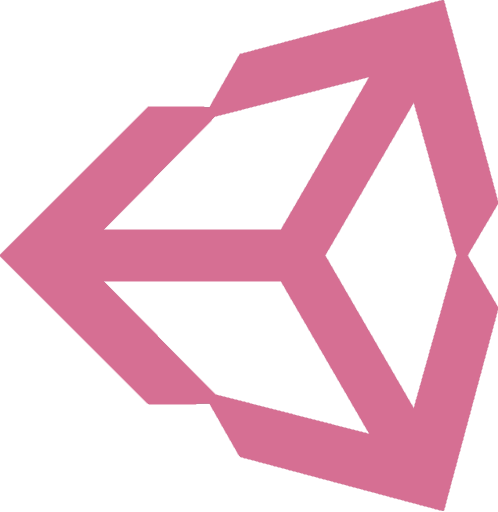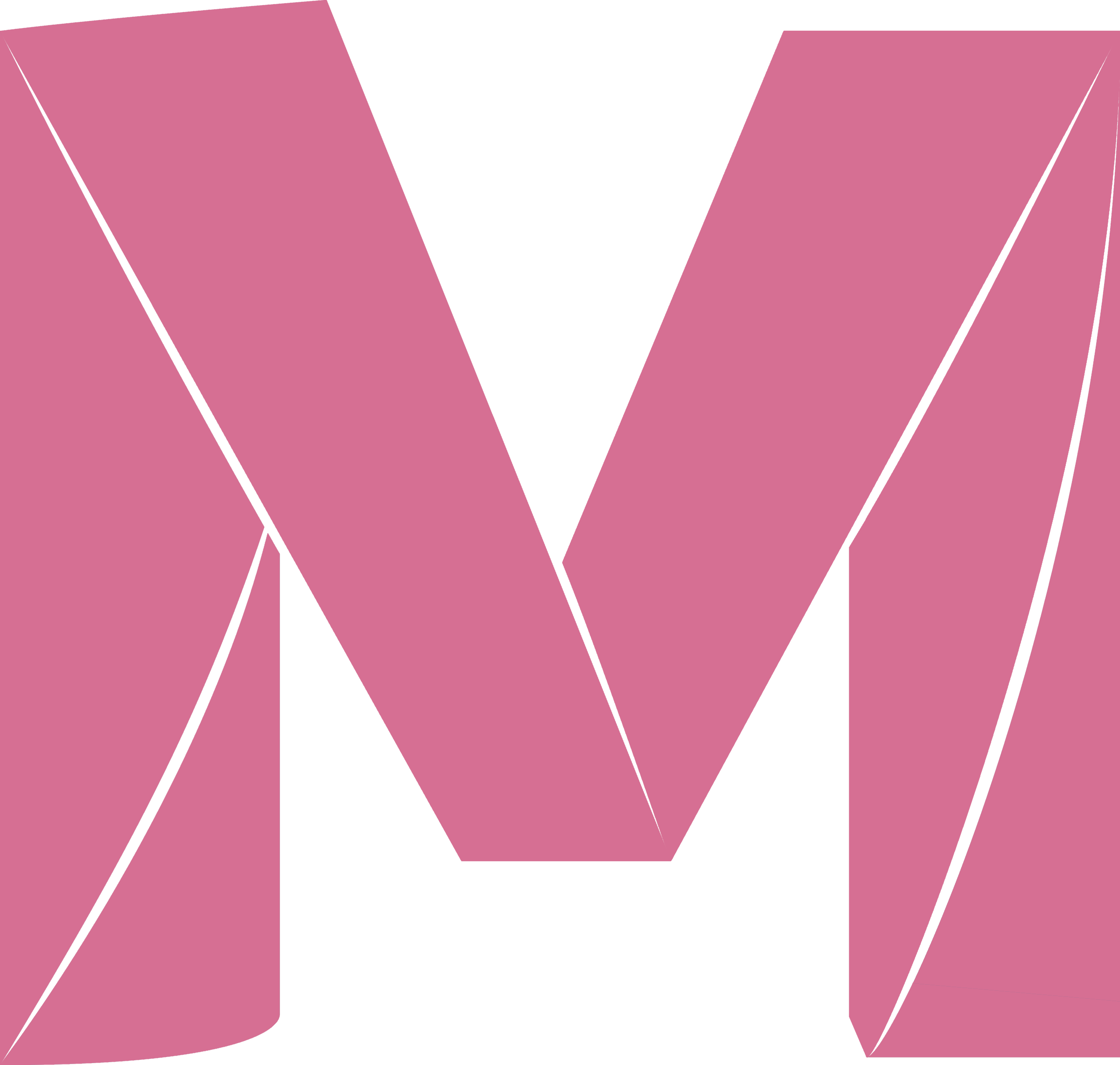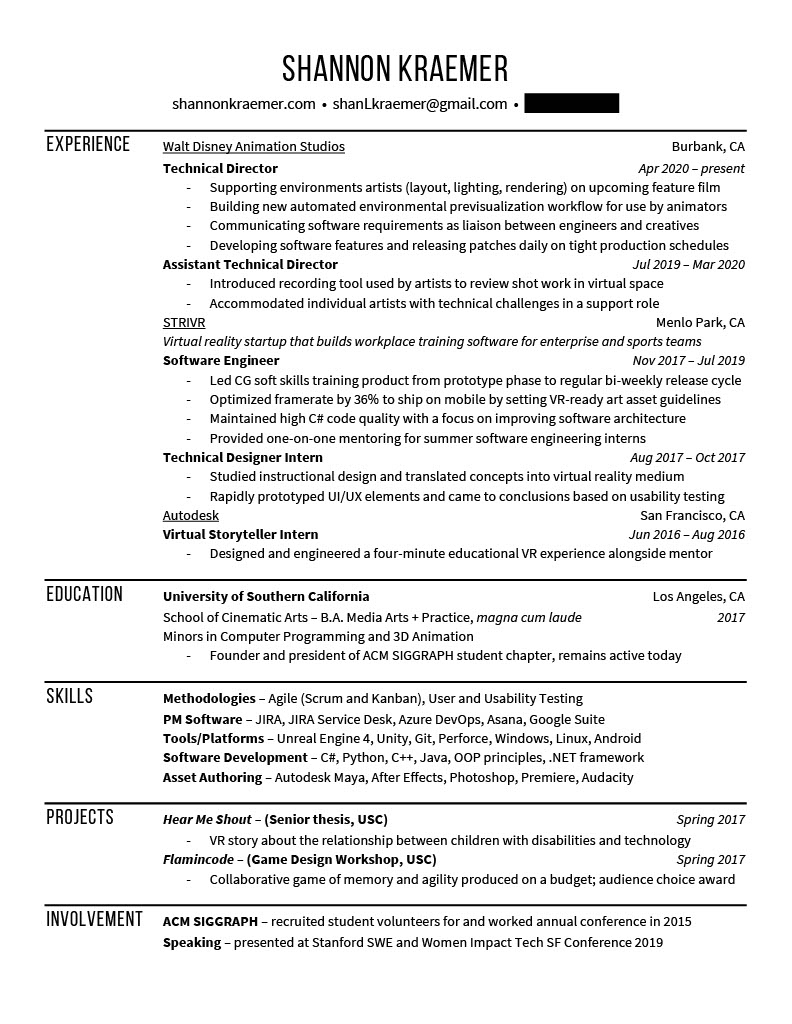Skills
- - Object-oriented programming
- - Software architecture decision-making
- - Cross-disciplinary communication
- - CG art pipeline direction
- - Test driven development
Languages
C#
Java
Python
C++
HTML
CSS
Frameworks & Tools
.NET4.x

Unity
Git
Visual Studio

Maya
